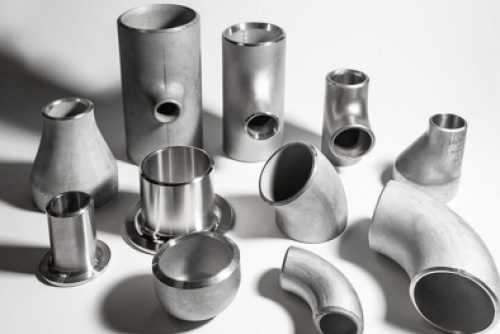Is it better to use stainless steel or carbon steel? Many plants, engineers, designers, and other industry workers are confronted with this question at some point. Because stainless steel and carbon steel tubing are both suitable for a wide range of applications, deciding which is the best option can be tricky. You should be able to better identify which one is ideal for your needs if you examine the basics of what steel is and how to utilize it.
• Substance- What's up with your pipes? What purpose are they being designed to serve? When choosing a metal, this is the initial decision element. Will it transport anything caustic, such as chemicals or saltwater? If that's the case, you'll want a metal that won't react as quickly. This normally means using stainless steel pipe fitting, but check the qualities of the material you're working with to see how it reacts with other materials.
• Temperature – Will your pipes be subjected to high or low temperatures? Carbon steel pipes are used for steam pipes because of their ability to tolerate high temperatures. Furthermore, if you're working with extreme cold—for example, transferring cryogenic liquids—you'll need a separate pipe grade.
• Cost- Both stainless steel and carbon steel are relatively inexpensive. Carbon steel pipe is frequently regarded as the most cost-effective steel for pipelines, although stainless steel pipe is not far behind. That's great news since it means you may pick the greatest material for your project without having to worry about huge prices.
• Appearance- Knowing the finish of these steels can aid you if your pipes will be visible and appearance is important to you. SS usually has a gleam to it and holds up well in the face of the elements. Carbon steel is a darker metal with a matte appearance. If exposed, it may begin to rust and deteriorate in appearance.












